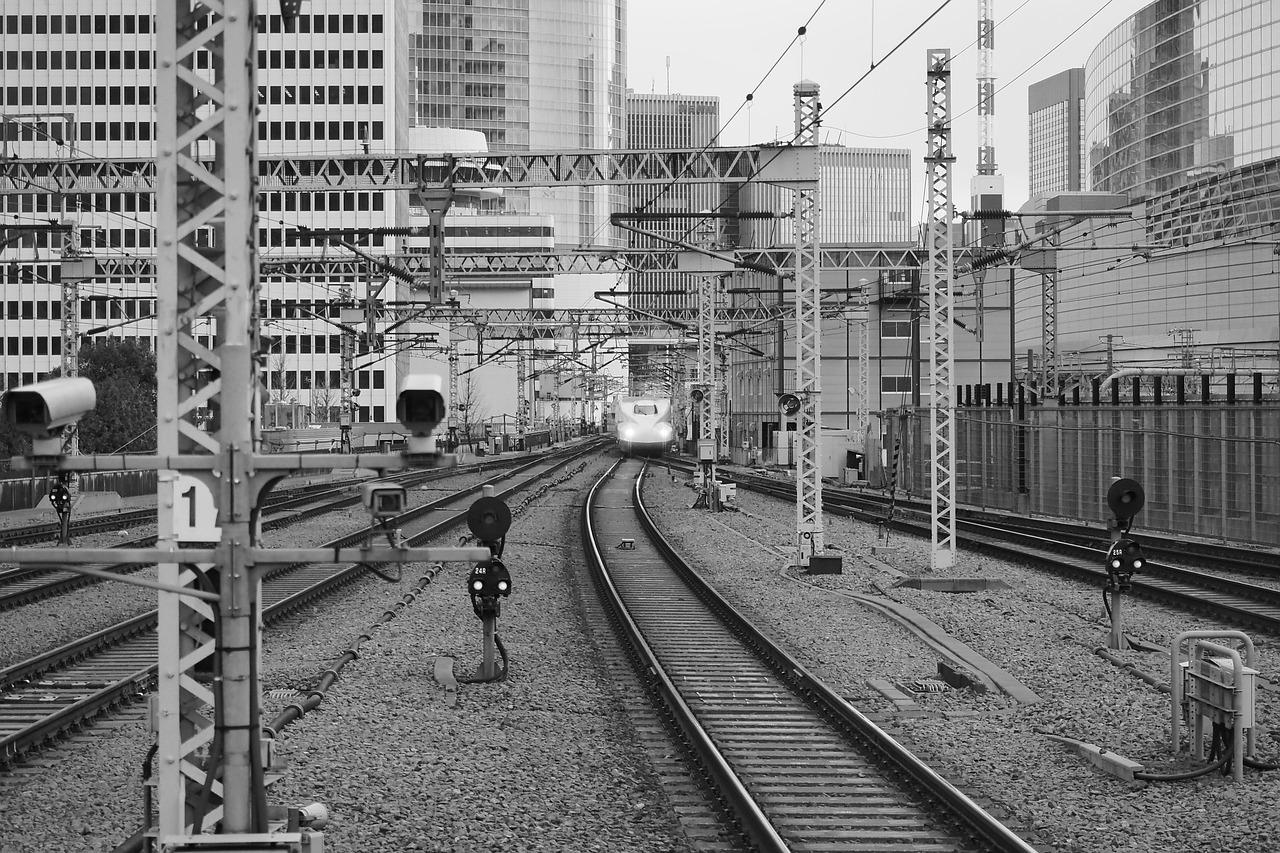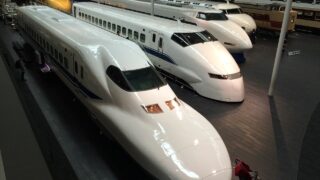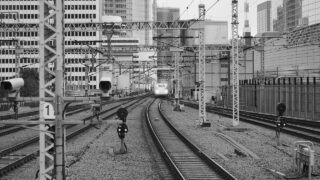Tips to Increase Your Chances of Getting a Seat in the Shinkansen Non-Reserved Car and How to Avoid Crowds

During Golden Week, Obon, and New Year’s holidays, it’s extremely difficult to find a seat in the non-reserved section of the Shinkansen due to the massive number of people traveling at once.
This is especially recommended for long-distance travel.
That said, what should you do if you can’t get a reserved seat?
This article will walk you through effective tips and countermeasures in detail.
What to Do If You Can’t Get a Seat in the Shinkansen Non-Reserved Section
These are your main options when you’re unable to get a seat in the non-reserved section.
Stand in the Deck Area
During busy travel periods such as Golden Week, New Year’s holidays, or Obon, it’s common for all seats to be taken. In such cases, standing in the deck area becomes your only option if you’re in a hurry.
Note that some long-distance JR East Shinkansen trains or trains that offer only reserved seating during peak seasons do not have non-reserved seats.
| Akita Shinkansen Komachi | Year-round: All seats are reserved; no non-reserved seating |
| Yamagata Shinkansen Tsubasa | |
| Tohoku Shinkansen Hayabusa | |
| Tohoku Shinkansen Hayate | |
| Hokuriku Shinkansen Kagayaki | |
| Tokaido Shinkansen Nozomi | Only during peak seasons, all seats are reserved |
Related articles:What are the benefits of purchasing a non-reserved Shinkansen seat in advance?
Since the above trains (and Nozomi only during peak seasons) have no non-reserved cars, standing in the train means purchasing a Standing Express Ticket and standing in the deck area of the reserved cars.
Please note that Standing Express Ticket holders are not allowed to sit in seats.
During peak times, the Nozomi does not have any non-reserved cars. If you plan to stand while riding the Nozomi, you must purchase a non-reserved express ticket in advance and stand in the deck area.Even if a seat appears available, you are not allowed to sit in it.
Wait for a Seat to Become Available
On local-type Shinkansen trains (stopping at every station), many passengers use the train for short distances, so there are more chances to find a seat.
However, on long-distance Shinkansen trains, it’s important to keep in mind that waiting for a seat to open up might not work out.
Where Are You More Likely to Find a Seat?
It may sound obvious, but stations in densely populated urban areas are your best bet.
- Fukushima
- Sendai
- Morioka
- Nagano
- Nagoya
- Kyoto
Since these major stations on long-distance Shinkansen routes see a lot of passengers getting on and off, your chances of finding a seat increase.
Related article: When Are Tokaido Shinkansen Non-Reserved Seats Crowded? Tips to Get a Seat
Related article: Tohoku Shinkansen: Peak Crowding Times and Best Trains for Non-Reserved Seats
Related article: Can You Find a Seat on Joetsu Shinkansen? When Non-Reserved Seats Are a Good Option
How to Spot Someone About to Get Off
- They start organizing their belongings
- They take their luggage down from the overhead rack
These are common signs that a passenger is preparing to disembark. If you notice this, it’s a good time to get ready to take the seat.
Requesting a Seat Change to a Reserved Seat Onboard
If there are empty reserved seats available, you may be able to switch by speaking with a nearby conductor. Depending on the situation, they might allow the change (though it’s not guaranteed).
However, be aware that this method can sometimes lead to complications—such as the original seat holder showing up—so the conductor may refuse the request to avoid potential issues.
Can I Sit in a Reserved Seat If It’s Empty?
No, you cannot.
Since the ticket types are different, you are not allowed to sit in a reserved seat without the proper ticket.
Take a Later Shinkansen
During peak travel seasons, additional extra trains may be in operation. If you have some flexibility in your schedule, choosing a later train with non-reserved seating can increase your chances of finding a seat.
However, this strategy doesn’t work if you’re boarding from a mid-route station. In such cases, it’s better to check the timetable for the first departing trains from starting-point stations like:
- Nagoya
- Echigo-Yuzawa
- Nagano
- Morioka
- Mishima
Trains that begin at these stations often have more available seats at departure, making it easier to find a spot.
Reserved Seats via Online Booking Are Better Than Non-Reserved Seats
- JR East’s Ekinet
- JR Central’s EX Reservation
There are services available where you can reserve a seat using a transit IC card, such as the ones listed above.
Services like Ekinet also allow changes before you pass through the ticket gate or pick up your ticket, making these options a good way to increase your chances of securing a seat during busy periods.
| Tōkaidō Shinkansen Nozomi | Cars 1–3 ※No non-reserved seats during peak seasons |
| Tōkaidō Shinkansen Hikari | Cars 1–5 |
| Tōkaidō Shinkansen Kodama | Cars 1–6, 13–16 |
| Tōhoku Shinkansen Hayabusa | No non-reserved seats |
| Tōhoku Shinkansen Hayate | No non-reserved seats |
| Tōhoku Shinkansen Yamabiko | Cars 1–5 |
| Tōhoku Shinkansen Nasuno | Cars 1–8 |
| Akita Shinkansen Komachi | No non-reserved seats |
| Yamagata Shinkansen Tsubasa | No non-reserved seats |
| Hokuriku Shinkansen Kagayaki | No non-reserved seats |
| Hokuriku Shinkansen Hakutaka | Cars 1–4 |
| Nagano Shinkansen Asama | Cars 1–5 |
| Jōetsu Shinkansen Toki | Cars 1–5 |
| Jōetsu Shinkansen Tanigawa | Cars 1–10 |
| Sanyo Shinkansen Hikari Rail Star | Cars 1–3 |
| Kyushu Shinkansen Mizuho & Sakura | Cars 1–3 |
| Kyushu Shinkansen Tsubame | Cars 1–3 |
The above table lists the locations of non-reserved seat cars on various Shinkansen lines. The longer the route, the fewer non-reserved cars there are. It’s helpful to remember that the lower-numbered cars (such as car 1) are typically non-reserved.
Related Articles:This translation captures the main idea of your request and provides a clear guide on finding a seat on a Shinkansen with non-reserved seating.




